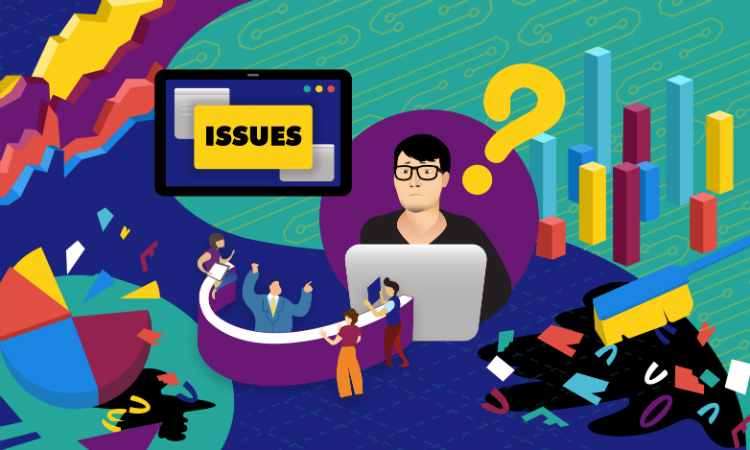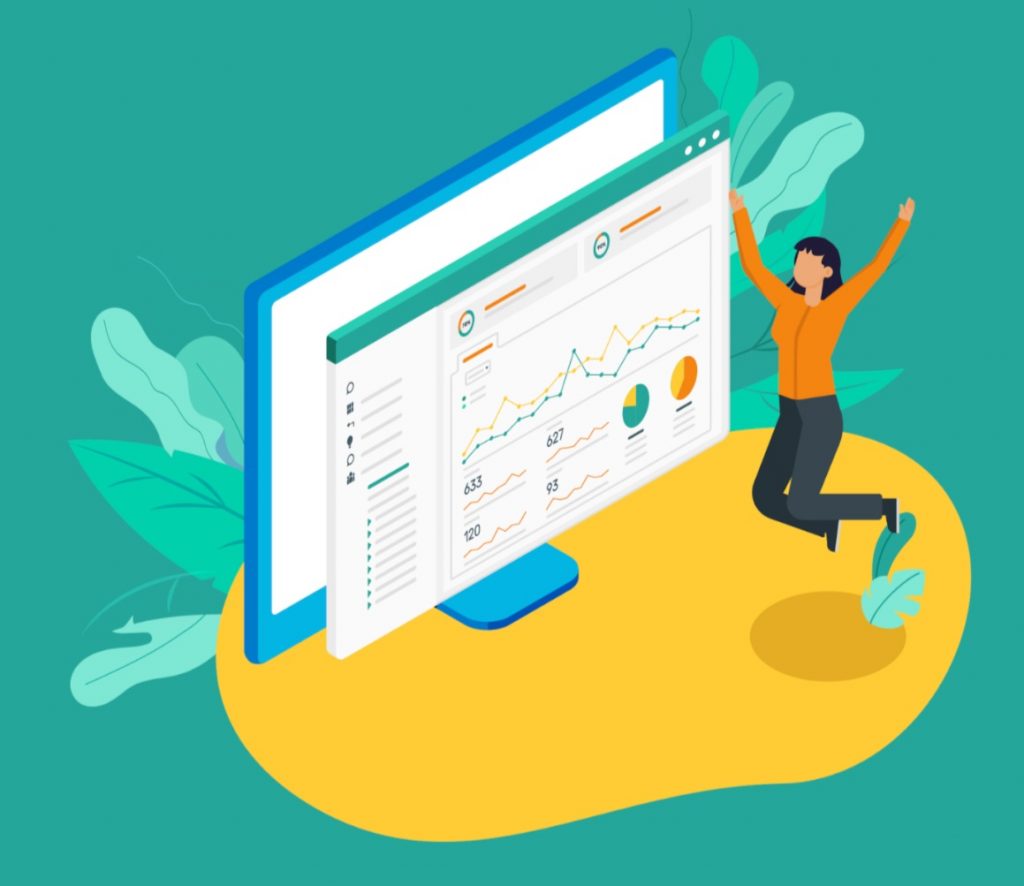Panasonic Leverages Panalyt’s Organizational Network Analysis (ONA) Dashboard for Strategic HR Insights

About
Company: Panasonic Operational Excellence Co., Ltd.
Employee size: 1,031
Industry: Manufacturing
Interviewee:
– Takashi Sakamoto: Team lead, Strategic Planning Division
– Shota Miyatani: Member, Strategic Planning Division
– Yuka Shizuru: Member, Strategic Planning Division
Interviewer:
Chi Tran, COO (Panalyt)
Client Overview
Panasonic Operational Excellence Co., Ltd. (PEX), part of the Panasonic Group, has a focus on aligning employees across fields to improve operational efficiency for customers, including Panasonic’s operating companies. The Panasonic Recruit & Career Create Center (RCC) is responsible for talent acquisition and career development within PEX. Following Panasonic’s transition to a holding company structure in 2022, RCC has been challenged to evolve from a service-provision model to a proactive business entity, offering strategic HR solutions.
Challenges: Cross-departmental collaboration
RCC needed to bridge the gap between its Recruitment and Career Development functions, which historically operated independently. Cross-departmental collaboration was limited, and there was a growing concern over the passive organizational culture, with high-potential employees leaving due to a mismatch with the legacy mindset. Traditional pulse surveys, while useful for measuring motivation, often failed to provide objective data to support strategic decision-making and accurately identify underlying issues.
Solution: Organizational Network Analysis
In March 2022, Panasonic RCC partnered with Panalyt to conduct an Organizational Network Analysis (ONA) research through Panalyt’s product and consulting services. By conducting ONA (in addition to surveys) with behavioral data from email, chat, and calendar metadata, RCC could move beyond traditional pulse surveys to gain a more comprehensive understanding of their organizational dynamics.
Key Insights from ONA
- Objective Validation of Assumptions:
Panasonic discovered that several employees who appeared isolated in terms of communication were still highly motivated, while others who were central to networks showed signs of burnout. This overturned assumptions based solely on pulse survey results, highlighting the need for a deeper understanding of interpersonal dynamics.
- Managerial Blind Spots:
ONA revealed that managers were often unaware of their team members’ communication networks, particularly those formed with employees from other departments. This previously hidden “collaboration overload” was a factor in employee burnout, which would not have been identified through traditional means.
- Innovation Through Social Capital:
RCC found that managers with broad horizontal and diagonal networks had a higher tendency toward innovation. This aligned with the concept that social capital, or Know-Who, is often more valuable for driving innovation than technical knowledge alone.
Future Applications of ONA at Panasonic RCC
Panasonic RCC plans to use ONA to further develop managerial effectiveness, focusing on:
- Improving Communication Quality: By correlating ONA data with feedback from team members, RCC can help managers tailor their communication styles to better suit individual employee preferences and needs.
- Mentoring and Collaboration Design: ONA allows Panasonic to design intentional connections within teams, facilitating mentorship and cross-functional collaboration, and ensuring that the right employees are connected to foster organizational strength.
- Redefining Roles and Responsibilities: Using ONA insights, Panasonic aims to refine job descriptions and evaluate managerial skillsets, ensuring managers can connect employees with the resources they need for success.
Feedback on Panalyt’s ONA Capabilities
The Panasonic RCC team found Panalyt’s ONA platform highly intuitive, with a user-friendly interface and easy-to-understand visualizations. The ability to filter by specific employee attributes and overlay dimensions on the network graphs enhanced the team’s understanding of the data.
Conclusion
By partnering with Panalyt, Panasonic RCC has been able to move beyond subjective assessments of organizational health, gaining actionable insights through ONA. These insights are helping the organization to improve managerial communication, foster innovation, and strategically design employee networks to enhance overall effectiveness. As RCC continues to leverage Panalyt’s ONA dashboards, it will further refine its HR strategies and increase collaboration across its departments, driving future growth and organizational success.



